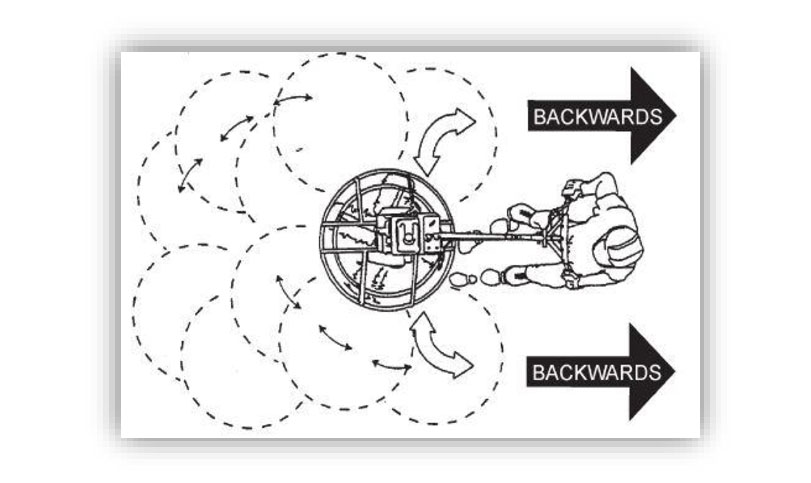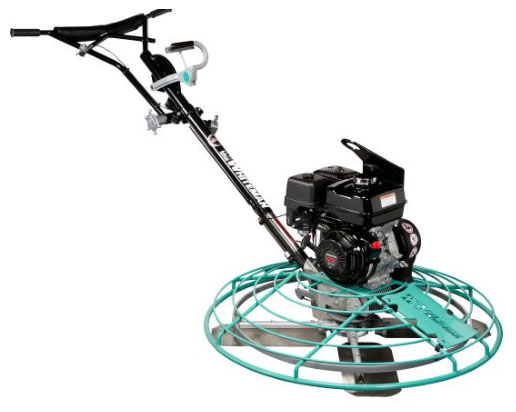
The operator makes overlapping passes on the concrete surface using the rotating blades to first open (float) and later seal (finish) the floor. The number of passes depends on the desired finish.
Who uses walk-behind power trowels?
Concrete and general contractors, landscapers, and utility companies
What types of jobs require walk-behind power trowels?
Driveways, patios, parking garages and industrial or commercial flatwork; models are available for edging and working around plumbing and support structures
Where are walk-behind trowels needed?
Trowels are commonly used on residential, commercial and industrial flatwork
What else may the customer need?
Concrete buggy, bull float, hand trowels, shovels, come-along, hand held or vibratory screed, and safety equipment.

DID YOU KNOW? Marvin Whiteman invented the original walk behind power trowel in 1939.
Learn more! Download Walk Behind Power Trowel Brochure at multiquip.com